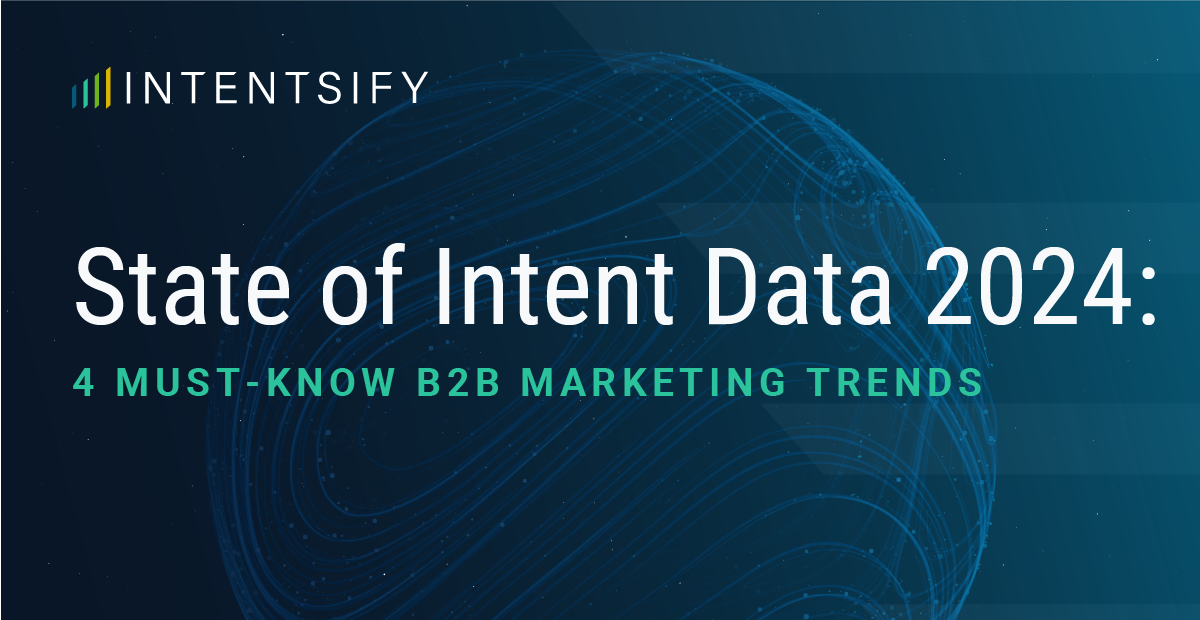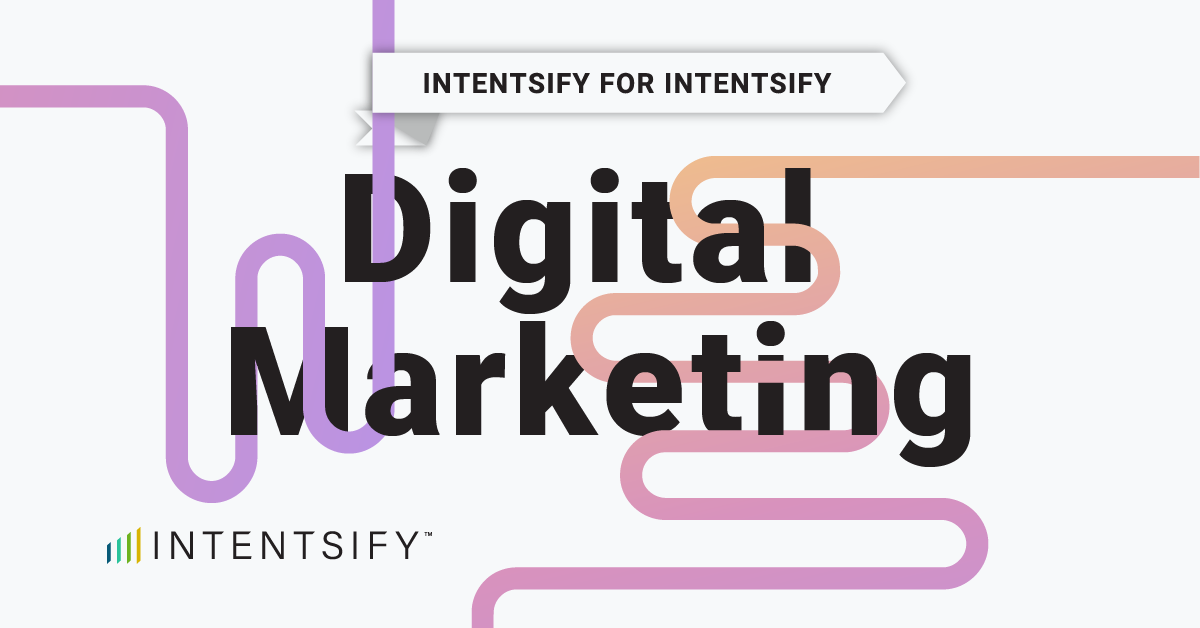In today’s hyper-competitive B2B landscape, achieving exponential growth requires a strategic shift from generic marketing tactics to personalized, data-driven approaches. This is where intent data emerges as a game-changer, empowering B2B marketers to unlock hidden growth potential and elevate their marketing output to new heights.
Why Intent Data Matters
Traditional marketing relied heavily on demographic segmentation, leading to insufficient campaigns that targeted a broad audience with little regard for their actual interests or purchase intent. This resulted in wasted resources, poor ROI and a disconnect between marketing and sales.
Intent transcends these limitations by providing deep insights into the real-time needs and motivations of potential buyers. By analyzing online behavior, website activity and social media engagement, intent data uncovers the topics, solutions and brands buyers are researching. Better yet, the best intent data shows you what research stage the buyer is in based on the types of content they’re consuming.
Scaling Output with Intent Data
Leveraging intent data opens a world of opportunities for B2B marketers to scale output and achieve significant, predictable growth. Here are some key ways it can be leveraged:
1. Identify Accounts Showing Purchase Intent
Instead of targeting a broad pool of potential leads, intent data allows marketers to pinpoint the accounts exhibiting active research and purchase intent, indicating they are closer to the buying decision. This laser-focused approach optimizes resource allocation, ensuring marketing efforts are directed towards accounts with the highest conversion potential.
But the benefits go beyond the marketing team. Sales teams should leverage the insights to prioritize outreach and use the buyer’s research trends to construct a message that speaks to the buyer’s current needs.
2. Personalize Messages So Content Converts
Similar to how sales teams are prioritizing outreach, marketing teams can personalize entire campaigns and nurture streams by understanding the specific topics and solutions prospects are researching. This personalized approach fosters deeper engagement and builds trust, leading to higher conversion rates.
Long term, the marketing team will notice higher efficiencies. When content production is fueled by intelligence data, random acts of content stop, and the team can focus on content that converts.
3. Activating Intent with Content Syndication
Content syndication has been one of the primary tactics B2B teams have employed to create top-of-funnel demand for years. They use countless publishing networks to “spray and pray” content, hoping a list of qualified leads comes back. But all too often what actually comes back is a list of names that aren’t aligned with your ICP and are riddled with incomplete or incorrect data. But there’s a better way. Smart marketing teams partner with solutions that offer both: Intent intelligence and content syndication programs that are fueled by that intelligence.
4. Activating Intent with Display Advertising
Advertising budgets are always under the microscope and typically the first to get cut when budgets start shrinking. This happens because it’s been historically hard to measure the ROI of these programs and even harder to ensure that digital ads are being served to only the people that matter. All too often marketers are paying for impressions and clicks that are not even close to their target audience.
But when display ads are powered by intent, marketers can be confident that they’re putting their money only where their target audience is. Just like how content syndication programs are activated, intent-activated display gives marketers the ability to target with extreme precision, ensuring the buying personas at companies in active research are served relevant ads.
5. Automate Marketing Workflows and Retargeting Efforts
With the ability to identify accounts that are showing purchase intent and personalize the messages and assets you serve them, B2B marketers can automate various marketing workflows, freeing up time and resources for strategic activities. This includes automated lead nurturing campaigns, triggered emails based on buyer behavior, and personalized content recommendations.
6. Optimize Campaigns with Advanced Analytics
When you know what content converts, your team can create more of what works. Prior to campaigns going live, it’s important to have plans and processes set up to ensure real-time metric tracking is in place. Markets and buyer trends change fast. Having a pulse on what is resonating and converting is crucial to ensure resources aren’t being wasted. The best marketing teams identify areas for improvement frequently and pivot quickly.
B2B teams who embrace intent data are unlocking unprecedented opportunities for growth. By understanding the true needs and motivations of their buyers, they can tailor their marketing efforts with laser precision, leading to higher ROI, improved customer acquisition, and ultimately, a sustainable competitive advantage.






